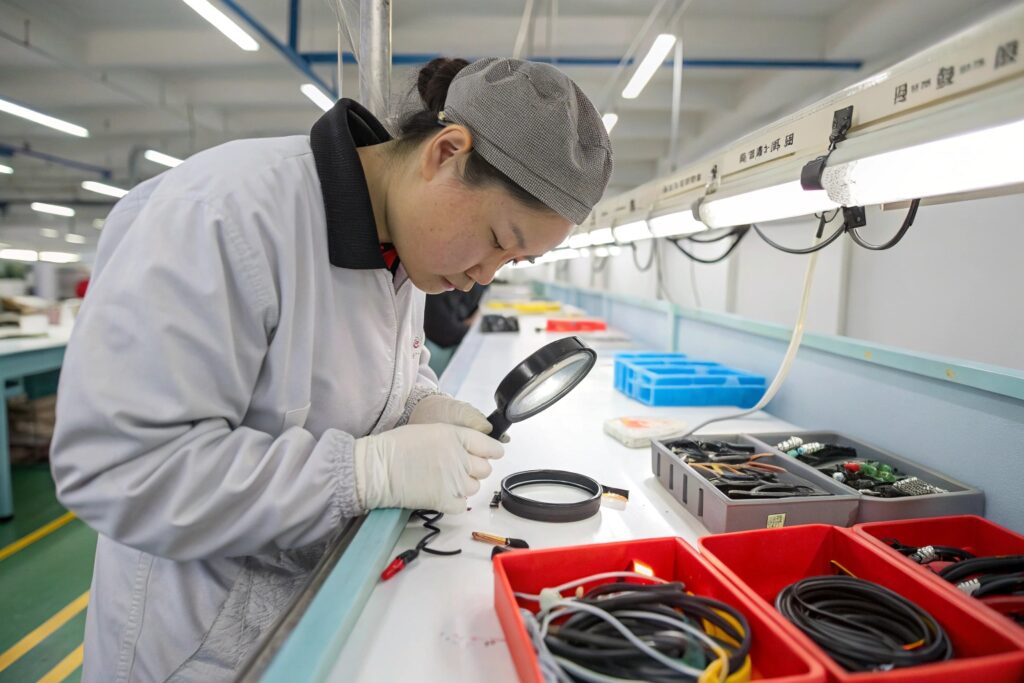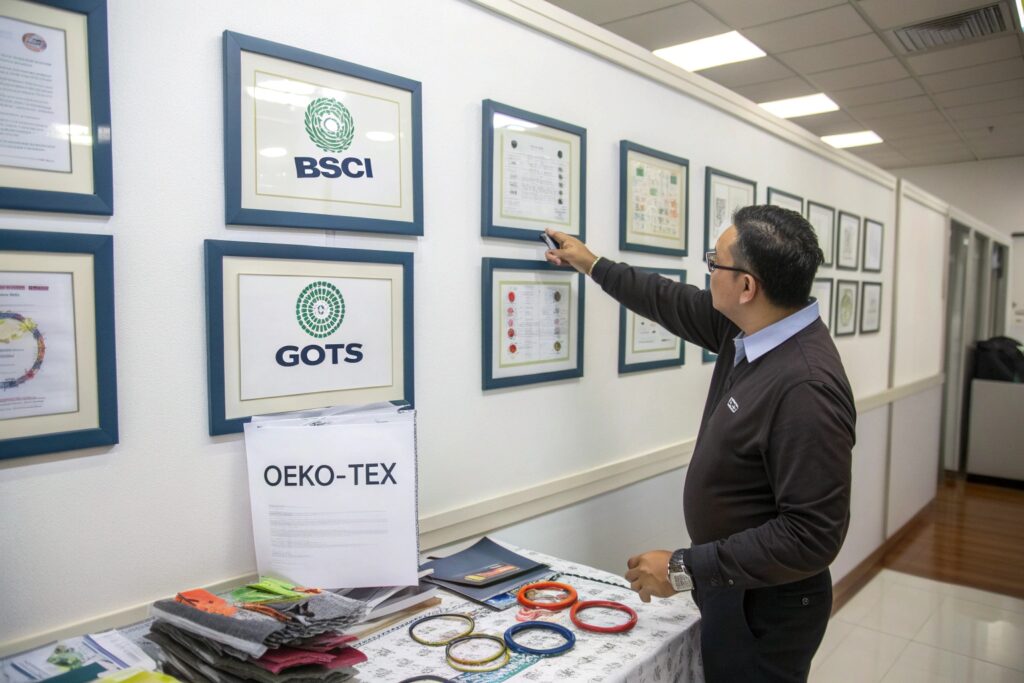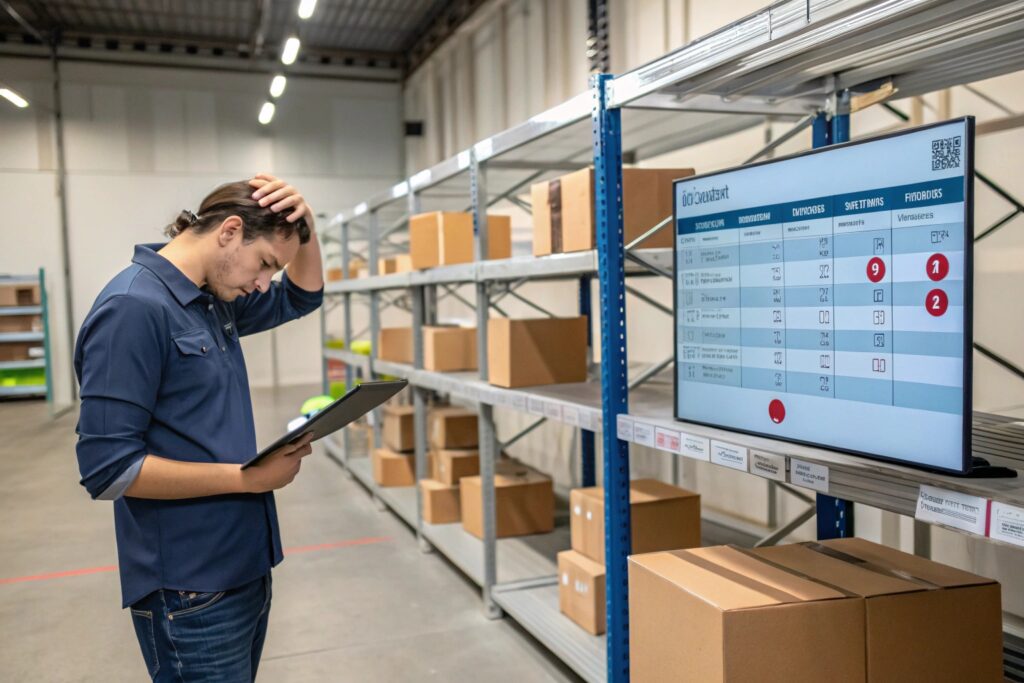Choosing a reliable hairband supplier isn’t just about price—it’s about consistency, trust, and partnership. One delayed shipment, one batch of defects, or one miscommunication can hurt your brand reputation, lose you revenue, or tank your e-commerce reviews.
The most reliable hairband suppliers are measured by performance metrics like on-time delivery rate, defect rate, response time, order accuracy, and certification history.
At HairAcc, we've worked with hundreds of global clients—especially Amazon sellers, European importers, and retail brands—who need more than just headbands. They need a dependable supply chain. In this guide, I’ll break down the key metrics you should be tracking to evaluate supplier performance before and after you place your order.
Why Is On-Time Delivery Rate Crucial?
Timeliness is everything. No matter how beautiful your product is, if it arrives late, you lose shelf space, customers, or even entire seasons. This is especially true for hairbands tied to fashion trends or events.
Reliable suppliers maintain an on-time delivery rate of at least 95%, even during peak seasons or logistic disruptions.

How to Measure a Supplier’s Delivery Record?
Ask directly: “How many orders did you deliver on time in the last 6 months?” A professional supplier will track this using ERP systems or logistics dashboards. We at HairAcc log every shipment’s actual departure vs. scheduled lead time. Our 2024 average sits at 97.3%.
You can verify this with logistics partners like Freightos or inspection services like QIMA that monitor container readiness and export booking accuracy.
What Causes Delays and How Should a Good Supplier Handle Them?
Not all delays are avoidable—port congestion, raw material hold-ups, or customs issues can happen. The difference lies in proactive communication. A good supplier will inform you early and offer solutions: split shipments, alternate materials, or rerouting.
Tools like Project44 or Flexport help monitor ETA changes across ports globally.
How Important Is the Defect Rate in Hairband Manufacturing?
A low defect rate shows process control and care. It saves time, protects your reputation, and avoids returns. For hairbands, defects may include loose stitching, uneven elastic, poor print, or incorrect packaging.
Reliable suppliers maintain a defect rate below 2%, with in-house QC teams checking at multiple stages.

How to Verify a Supplier’s Quality Control Capability?
Ask for their QC process documentation. At HairAcc, we conduct 3-stage inspections:
- Material Inspection before cutting
- Mid-line QC during sewing or printing
- Final QC for packaging, logo, and barcodes
You can request a sample QC report or use third-party services like Intertek or AsiaInspection to audit their facility.
What Happens When There Are Defects?
Good suppliers don’t hide mistakes—they fix them. For orders above 10,000 pieces, we offer free remakes or refunds for confirmed QC-reported issues. Our clients often tag defects during Amazon returns, and we adapt production in real-time.
Using tools like Returnalyze helps sellers track and trace product issues tied to specific production batches.
Why Is Response Time a Sign of Supplier Maturity?
Communication delays create sourcing uncertainty. A supplier who responds in hours, not days, helps you plan launches, adjust designs, and confirm freight on time.
Leading suppliers reply within 12–24 hours across time zones and channels—email, chat, or phone.

How to Test a Supplier’s Responsiveness?
Before you even place an order, send an RFQ (Request for Quote) with multiple SKUs, colors, and timelines. Note:
- How fast they reply
- Whether they answer all questions
- If they provide clear file attachments and images
At HairAcc, we typically reply within 6 hours and send quotes with product sheets, lead time, packaging specs, and shipping terms included.
You can also use sourcing platforms like 1688 or Alibaba to compare supplier response performance side-by-side.
What Makes Communication Reliable Over Time?
Reliability isn’t just first contact—it’s consistency. We assign one account manager per client and use shared files on Google Sheets or Notion to update order status weekly.
We also integrate with tools like Trello for workflow visibility if clients prefer collaborative project tracking.
How Do Certifications and Compliance Build Trust?
Buyers, especially in Europe and the US, are increasingly cautious about safety, labor, and environmental impact. Certifications are the baseline proof that a factory meets international standards.
Top-tier hairband suppliers have relevant certifications like BSCI, SEDEX, OEKO-TEX, or GOTS to meet global sourcing expectations.

Which Certifications Should You Look For?
Here are common ones relevant to hairbands:
| Certification | Purpose | Who Needs It |
|---|---|---|
| BSCI | Ethical labor & audits | EU buyers, big box retail |
| OEKO-TEX | Textile safety (chemical-free) | Kidswear brands |
| GOTS | Organic materials | Sustainable fashion lines |
| REACH | Chemical compliance (EU) | All EU importers |
| CPSIA | Child safety (US) | Babywear or kidswear sellers |
We provide updated digital copies upon request, and allow audits by your team or partners. You can verify many of these at amfori.org or oeko-tex.com.
Can a Non-Certified Factory Still Be Reliable?
Possibly—for low-risk or domestic sales. But if your brand is selling in regulated markets like Amazon Europe or Walmart USA, certifications are a must. They also signal that your supplier can scale with you as you grow.
If unsure, request a pre-audit or ask for past buyer references. At HairAcc, we maintain an internal record of inspection success rates, which we’re happy to share transparently.
Conclusion
Evaluating a hairband supplier’s reliability isn’t about guesswork—it’s about data. From delivery accuracy and defect rates to communication speed and global certifications, these metrics give you clear insight into who you can trust.
At HairAcc, we don’t just manufacture—we prove our reliability through systems, reports, and transparency. Whether you’re launching your first Amazon store or restocking for a national chain, we’re ready with metrics that speak for themselves.









